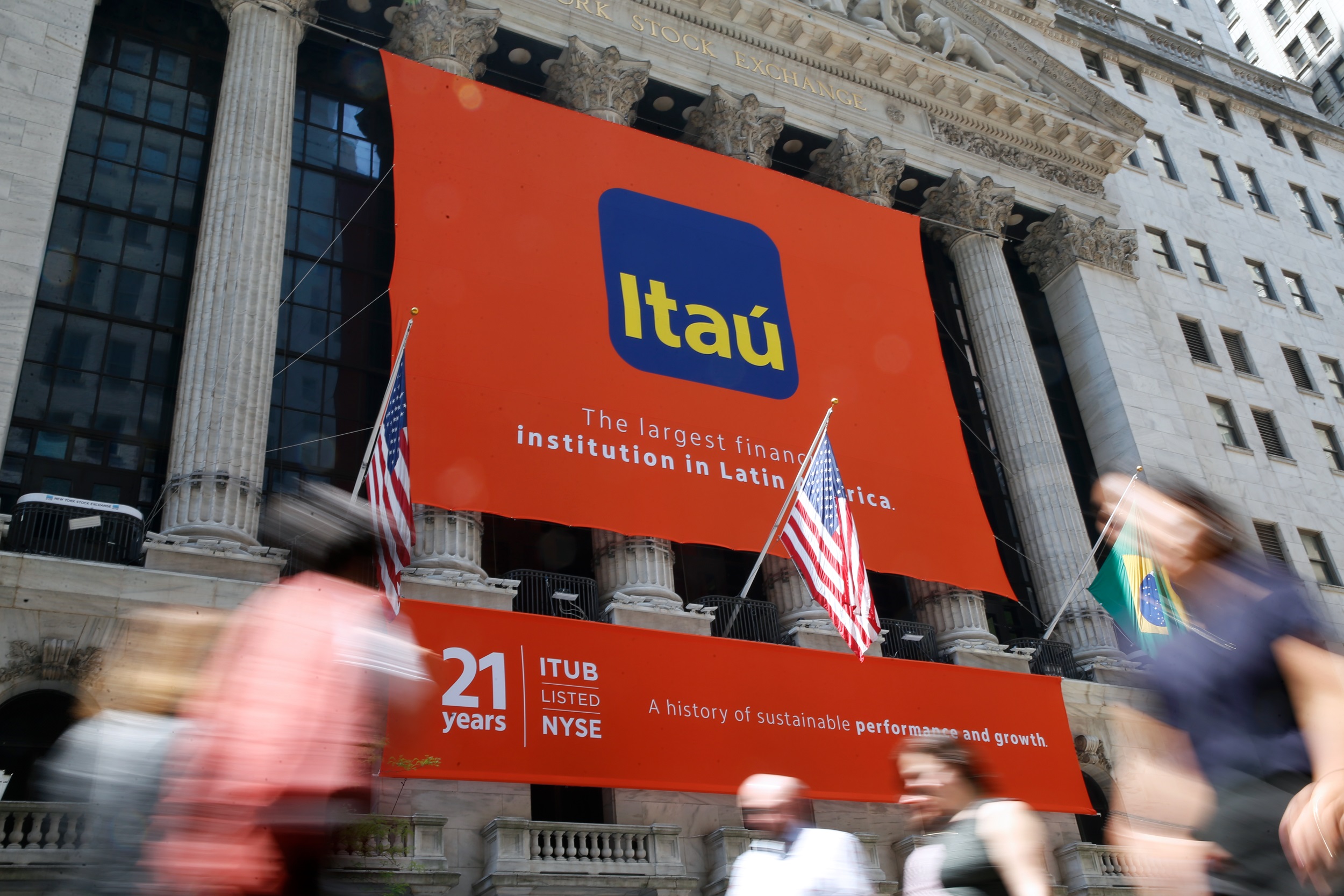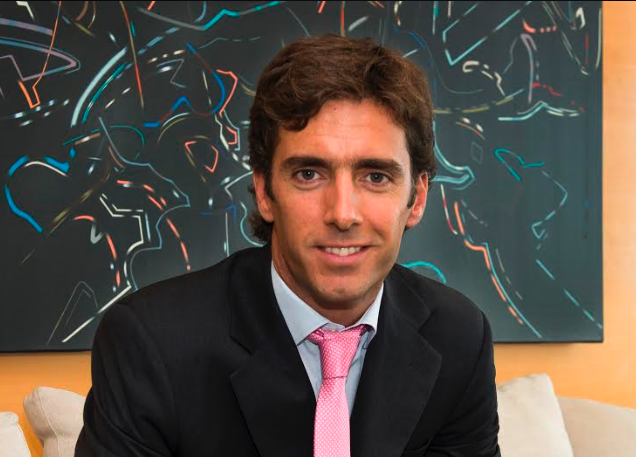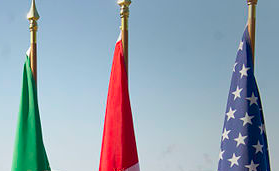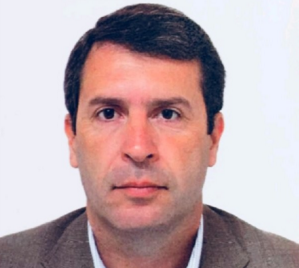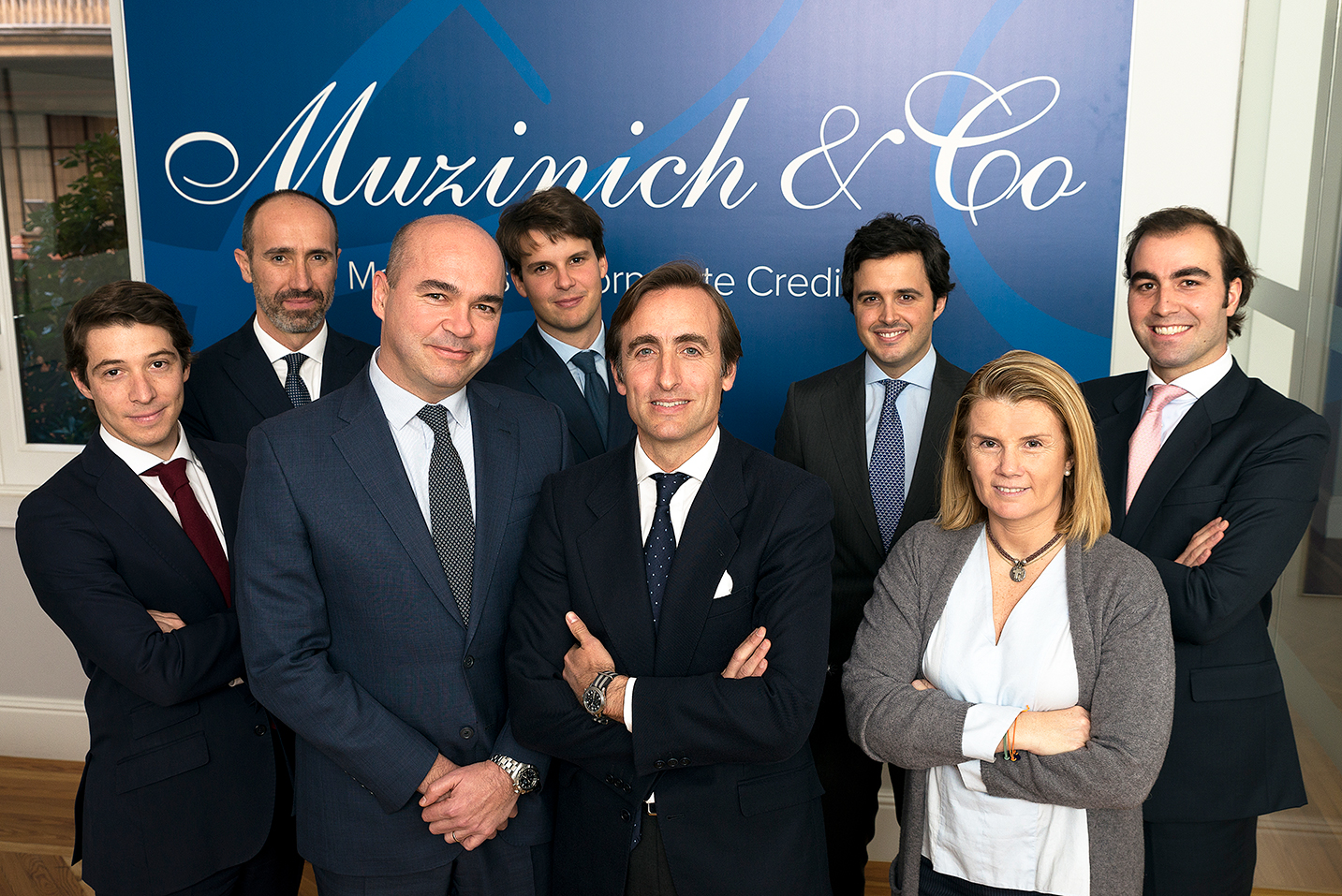More than 90 investment advisory professionals from Argentina, Brazil, Panama, Switzerland, Uruguay and the US attended the Bolton Advisor Conference held by Bolton Global Capital at the Four Seasons Hotel in Miami, on the 3rd and 4th of May.
The first day began with a welcome speech by Ray Grenier, CEO of Bolton Global Capital; to be followed by Oscar Isoba, Managing Director and Region Head of US Offshore and LatAm at Nuveen Investments, who moderated the debate between guest investment strategists: Ashwin Alankar, Head of Global Asset Allocation and Risk Management, and Portfolio Manager at Janus Henderson Investors, Matthew Claenson, Portfolio Manager of the Investec Latin American Corporate Debt Fund strategy, managed by Compass Group for Investec Asset Management. Paresh Upadhyaya, Director of Currency Strategy at Amundi Pioneer Asset Management, and Justin Wells, Global Equity Strategist at Old Mutual Global Investors.
Afterwards, it was the turn to discuss regulatory issues, taxation, and compliance issues, Sergio Álvarez-Mena, Partner of Jones Day, Brian Curtis, Global Head of Anti-Money Laundering for Pershing LLC and Kathy Keneally, also Partner for the firm Jones Day.
Matt Beals, Chief Operating Officer at Bolton Global Capital, and Sean Power, Customer Success Manager at Agreement Express, talked about developments in new products and technology during the afternoon’s last conference. The events of the first day came to a close with a cocktail and a subsequent dinner.
The second day was dedicated to technical sessions with representatives from Bolton’s local offices, lecturers and conference sponsors (Investec Asset Management, Janus Henderson Investors, Old Mutual Global Investors, Amundi Pioneer Asset Management, Franklin Templeton Investments, AB, Carmignac Risk Managers, MFS, Aberdeen Asset Management, Capital Group, Fidelity Institutional Asset Management, Stone Castle, Nuveen Investments, BlackRock, Morningstar, American Express, Agreement Express and BNY Mellon Pershing).
The debate between investment strategists
The discussion began with a review of the economic outlook and the movements of the markets so far this year. As pointed out by Justin Wells, the global equity team at Old Mutual Global Investors spends a lot of time understanding key dependencies that influence and actually drive market conditions. “We are seeing higher volatility in the US and Canada. Probably the biggest movement we have seen since Christmas has been the rapid deterioration in terms of market sentiment towards Europe. In Japan, we see a market that is very much driven by current policy, with somewhat less cross-sectional volatility, but we still see a higher degree of positive sentiment. We believe that what we are seeing in Asia Ex-Japan is probably a backdrop and maybe one of the drivers, of synchronized global economic growth, in which a weaker dollar has helped, but with a very different structure in our investment universe over that three-month period.”
Likewise, Ashwin Alankar of Janus Henderson Investors said that the growth of the global economy is solid thanks to the fact that financial conditions are still very accommodative. For example, in the US, the 10-year bond real rate is 80 bps, while outside the US real rates have remained well below zero across the developed world. But what does this indicate? The 10-year real rate of the Treasury bond indicates that the bond market estimates an average of real US GDP for the next ten years of 80 bps, that in Germany the average real GDP at 10 years is priced at -150 bps, the UK’s is priced at -100 bps and Japan at -50 bps. According to Alankar, while this does not mean an arbitrage opportunity, it does mean, however, that you could borrow in one of these economies and invest in others that have higher expected growth in real terms.
Along those lines, Paresh Upadhyaya of Amundi Pioneer Asset Management shared the opinion that the global economic backdrop is still very constructive, that financial conditions will continue to be highly accommodative and that monetary policy remains mostly stimulative. “Markets have started to shift from multi policies to policy convergence. The Fed is no longer the only central bank that is tightening its policy, so are the ECB and the BoJ, as well as other central banks worldwide. But in the last six weeks markets have become more concerned with economic indicators and price levels, which tend to show high frequency macroeconomic data and indicate whether they are above or below expectations. For most of the world, especially in Europe, these indicators are below expectations. It is very unlikely that we will see the same kind of growth that was seen last year and therefore, I think the fact that central banks are struggling to normalize monetary policy, with the Fed beginning to undo its balance, the ECB that will probably cease its QE program in the third quarter, and with the BoJ following not far behind. I think that normalization is leading to an increase in volatility, but it does not necessarily equate to bear markets on a global level, nor across all asset classes. We’ve seen the dollar’s rally in the last month, but there are forces still at play that indicate that it is very likely that the dollar will resume a bear market for one or two years. I think this is the result of the reemergence of the twin deficits and the capital deficit; and I believe trade policy still remains a real wildcard and historically has been a headwind for the dollar”
In turn, Matthew Claenson, Latin American Corporate Debt Manager at Investec Asset Management, said that prospects have changed dramatically in Latin America. “With a positive momentum and lower interest rates from which alpha can be obtained, the economies of Latin America are doing well. The main driver has been, and continues to be Brazil, which, after the worst years of recession the country has experienced in decades, has gone back from a growth of -3.5% to 2.5% this year. We continue to see a supportive environment from commodities incentives that keep that positive part of the cycle going. Obviously, there’s the question of this year’s elections and we can also talk about the big outlier in our region, which is obviously Venezuela, where the economy is imploding and we are talking about the chronicle of a train wreck foretold.”
The consequences of protectionism and trade wars
Twelve months ago, at Old Mutual Global Investors, they were somewhat concerned about the lack of equity markets’ reaction to the rise of populist movements, especially within the developed world. Justin pointed out we would have to go back some 30 years in order to find a similar political context. “It seems to have come with some lagged effect, but it has arrived, and the markets are reacting. This provides a good opportunity to capitalize on a short-term dislocation and to continue reacting and observing any changes in the structure of the market. In general, you have to be aware of the headlines.”
On the other hand, Ashwin pointed out that the main problem facing markets is the tremendous amount of information impacting markets these days, and spoke of the importance of figuring out a way to filter out fake news. “You must filter out what is reality from what is simply noise. At Janus Henderson Investors we have found the way, with discipline, backed by the strong belief that markets are smart, that the capital markets are intelligent, that the capital market existence is probably the most sophisticated system ever created; which is why it’s so difficult to earn alpha, it’s very difficult to beat the markets. Why not pay attention to what the markets are telling us? The markets tell us that the risks of a trade war have not yet been priced in, so we could come to the conclusion that the market thinks it’s simply noise; noise to which we should not pay too much attention.
Options are like insurance contracts, which are really the contracts that put a price on the risks. If the price of home insurance increases in Miami, it probably indicates that the hurricane season will be more severe and more frequent and therefore the price of insuring your home has increased. If we were entering a trade war, the options market should be pricing it in. And what we are seeing is that the S & P 500 is more attractive than the Russell 2000, indicating that the risk of entering a trade war with excessive tariffs is unlikely. At the moment, Canada looks very attractive, with the issue that the NAFTA treaty was going to be rescinded and that the country was going to suffer heavily. It is through systematic technology and listening to what markets tell us that we are able to separate what is noise from what they are made of. Nowadays markets tell us that the ideas of a long trade war are very unlikely.”
In turn, Matt nuanced between trade wars and trade tensions. “South America is somewhat further away from the scenario, but they are not isolated economies, for example, this is the case of Argentina and Brazil which are commodities’ exporters. Obviously, Mexico is the country that has been most affected, as the whole world has been paying attention to the struggles between the US and Mexican administrations. In particular, the Trump administration has verified the strong effort made by the lobbies of American companies to take a step back. “I don’t think a ‘NAFTA la vista scenario,’ where from one day to the next a great deal of investment disappears in Mexico, is the likeliest scenario. The focus seems to have now shifted to China, which has a much more consensual view in the US that its decline in revenue would be lower than in Mexico. The problem is that it’s election time, mid-term in the US and Presidential in Mexico, making it more complex to reach an agreement. Unfortunately, uncertainty will continue to haunt Mexico for a while.”
The impact of monetary and fiscal policies
According to Paresh, the effects of the recent fiscal reform in the US should begin to materialize from Q2 onwards. That’s when he expects US growth to approach 3% – 3.5%. “The Fed will have to assume that the relaxation of fiscal policies will have a greater effect on fixed income. The markets have 2 hikes priced in for the rest of the year, in the June and September meetings; however, I think the doors are ajar for a possible hike in December. I think there is a real difference of opinion between the Fed and the market for next year, the Fed anticipates two price hikes for next year, but we need to see clear signs that inflationary pressures are occurring. There is a possibility that inflation exceeds the 2% target. As we enter late summer, perhaps at the end of September, in the Federal Open Market Committee (FOMC), Powell must give a first signal that an additional hike could be given in December if growth rates of 3% continue. If the performance of the curve continues to steepen, that could be a sign that the market believes that the impact of the fiscal reform will boost the long-term potential growth of the US GDP. The fact that the curve has flattened indicates that the market doesn’t believe that the fiscal reform will increase the potential rate of growth in the long term, the truth of the matter is that for a few years we might not know the total factor of productivity, since it takes a few years to show and we start to see the whole growth. We will not know for two or three years, at least not in the short term, the reason for the flattening of the curve. The markets believe that the tax bill is going to be essentially a sugar high for the US economy that will stimulate growth in the next 6 quarters and that after that impulse in growth will disappear during the second half of 2019. This is what the curve says, we know that markets respond quickly, and if there are indications that productivity begins an upward trend, I think we will begin to see a greater steepening in the curve.”
From a currency perspective, Paresh explained that in his view it’s a good time to sell the dollar against some of the G10 currencies, such as the euro or the yen. “I think it’s a great level with the euro between 1,15 and 1,20 dollars, and the yen between 1,10 and 1,08”.
With respect to the curvature of the interest rate curve, Justin explained that the risk and structure of maturity are the factors that give it shape. “Investors demand a term premium; the main central banks have been containing the risks of interest rates. If the implied volatility of interest rates in the US is taken into account, it is at historical lows, the Fed has been managing interest rates volatility. It’s theoretically impossible for the term premium to comeback for the term structure to steepening when you have no volatility in interest rates. Until the Fed and the central banks of the rest of the world do not stop managing and moderating risks artificially in the bond market, term structure will remain flat. But once they start trading, to surprise the market, and start to hike unexpectedly or begin to change their interest rates, volatility should return. When volatility returns, you should theoretically see steepening in the curve. Currently, instead of paying attention to the rate curve, the Credit Default Swaps (CDS) curve should be examined. If the CDS curve is inverted, then there may be a problem. My recommendation is not to take the rate curve into account, because, although historically an inverted Treasury curve is bad news, at present, after a period of excessive monetary policies and intervention by central banks it cannot tell you anything. Just ignore it.”
